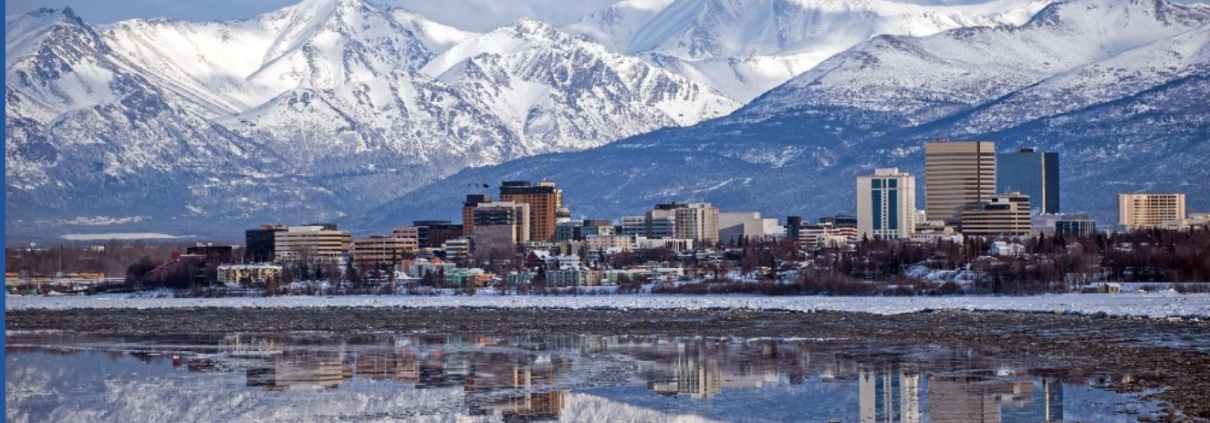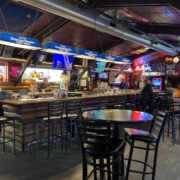End-of-Year Update from Mayor Suzanne LaFrance
|
|
|
You can read the full newsletter here.
By the Numbers:
Addressing Homelessness in Anchorage
A look back on priorities and progress in 2024
- $2.5 million for housing support in 2025 so fewer people leave shelter for streets and trails in spring.
- 1.2 million pounds of trash cleaned from public space this year.
- 22,630 hours of labor abating encampments this year.
- 532 beds of winter shelter.
- 24-hour operations funded for the Mobile Crisis Team.
- 14 camps abated since July 1.
- 2 dedicated staff in the Mayor’s office coordinating with departments and community partners to implement the strategy.
- 1 comprehensive strategy to address homelessness head-on.
Looking Forward to 2025
We’re focused on:
- Making sure there are options for people to keep out of the cold in winter.
- Preventing the same exodus from winter shelter and the development of large camps we’ve seen in warm months in the past.
It’s going to take strong partnerships and creative solutions to get there. But the reality is that to address community concerns, people need a place to go.
Our winter strategy includes:
- Shelter beds for winter,
- Warming centers,
- Housing, and
- Connecting people to beds focused on treatment, physical, and behavioral health.
We’re also laser-focused on making sure there are more housing options and fewer people sleeping outside this spring.
- Short term: Our goal is to house 500 people in 2025.
- Long term: The Mayor has an ambitious 10,000 Homes in 10 Years strategy to bring much-needed housing to Anchorage over the coming years.
Note From the Mayor
Homelessness impacts many aspects of our community, including public safety. We understand the concerns residents, business owners, and workers have shared about feeling unsafe on our streets and trails. Law enforcement activity related to homelessness exists on a spectrum, from contact, conversation, and connection, along with abatement, trespass, and right of way enforcement. Our approach focuses on safety — people sleeping outside need a safe alternative — and enforcement of the laws that keep everyone in our community safe.
We’re going to make progress, but it won’t necessarily look different overnight. We define success as measurable, visible reduction in homelessness over the next two and a half years. That means making hard choices and knowing things may look worse before they get better, especially as we prioritize public safety, public health, and housing and break up long-standing camps. Homelessness is a complex issue, and big, positive change takes time. The good news is: It’s going to get better, as long as we are committed to doing the work. And we are!
You can read the full newsletter here.










